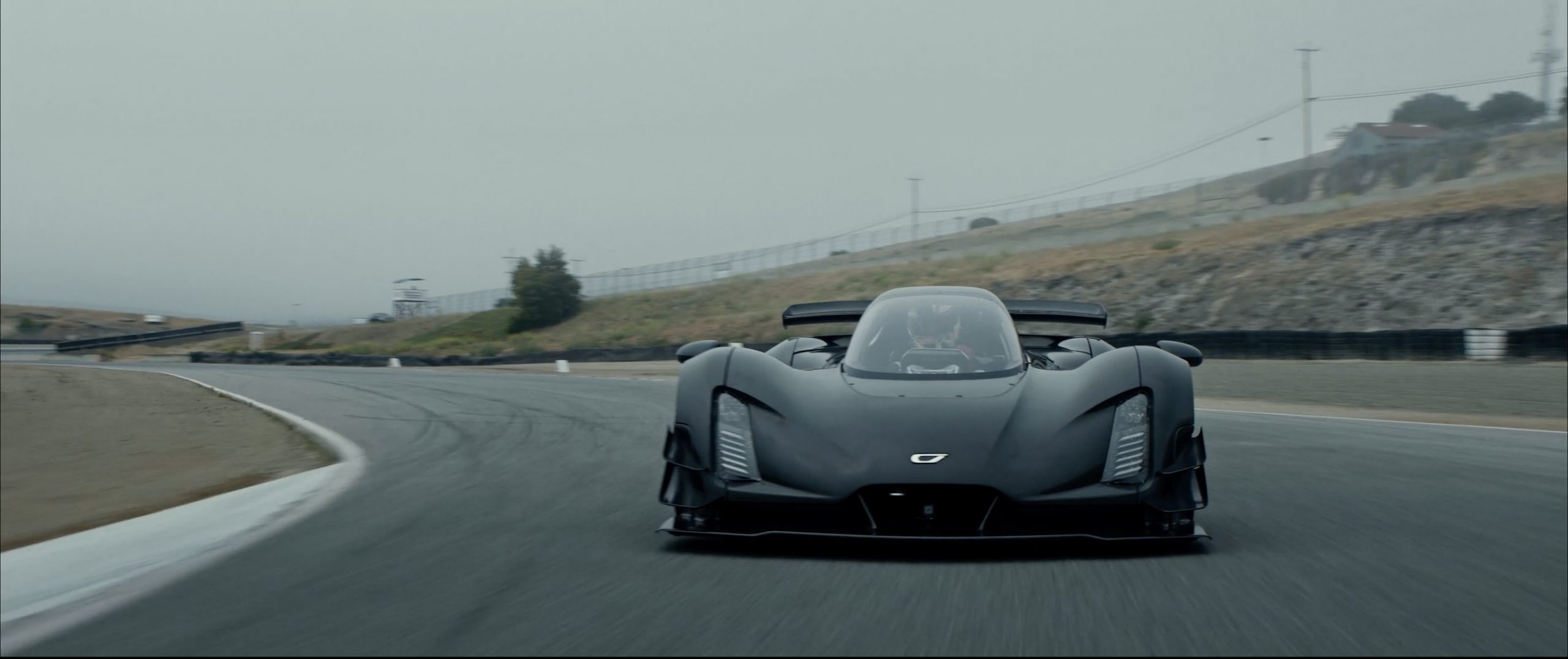On August 5th, 2021, Czinger 21C, a hypercar developed and manufactured in the United States, broke the track record at Laguna Seca with a time of 1 minute 25 seconds 44. The driver was Joel Miller.
The previous record of 1 minute 27 seconds 62 was set by veteran racer Randy Pobst driving a McLaren Senna.
The Czinger brand name comes from its founder, Kevin Czinger, a Yale law school graduate. The design inspiration for the car not only comes from the body lines but also from the cockpit layout, which was inspired by the SR71 “Blackbird,” the fastest jet in history. The 21C has a fighter jet-like 1+1 seating layout, achieving a balance between passenger capacity, handling, and aerodynamics.
Many people may associate American supercars with large displacement pushrod V8 engines, but the technology-packed 21C does not continue this enduring but inefficient option. Instead, they developed an ultra-small displacement, high-speed V8 engine with twin turbochargers, measuring only 2.88 liters.
Compared to the traditional American V8 engine using a heavy but better-performing cross-crankshaft, the extreme Czinger 21C uses a flat-crankshaft commonly seen in European V8 supercars. It sacrifices comfort for a lighter weight, achieving a peak power output of 950 horsepower at 10,500 RPM. After the horsepower peak, there is still a 500 RPM range where you can unleash the residual energy of this screaming machine.Like the three supercars (918, LaFerrari, and P1), the 21C also adopts hybrid architecture with a peak power of 1,250 horsepower. Two motors that support steering vector control are installed on the front axle, which not only fills the torque gap of the engine but also increases the cornering limit. The battery is installed on both sides of the cockpit. It can accelerate from 0 to 100 kilometers per hour in just 1.9 seconds. The theoretical top speed can reach the Bugatti level of 432 km/h.
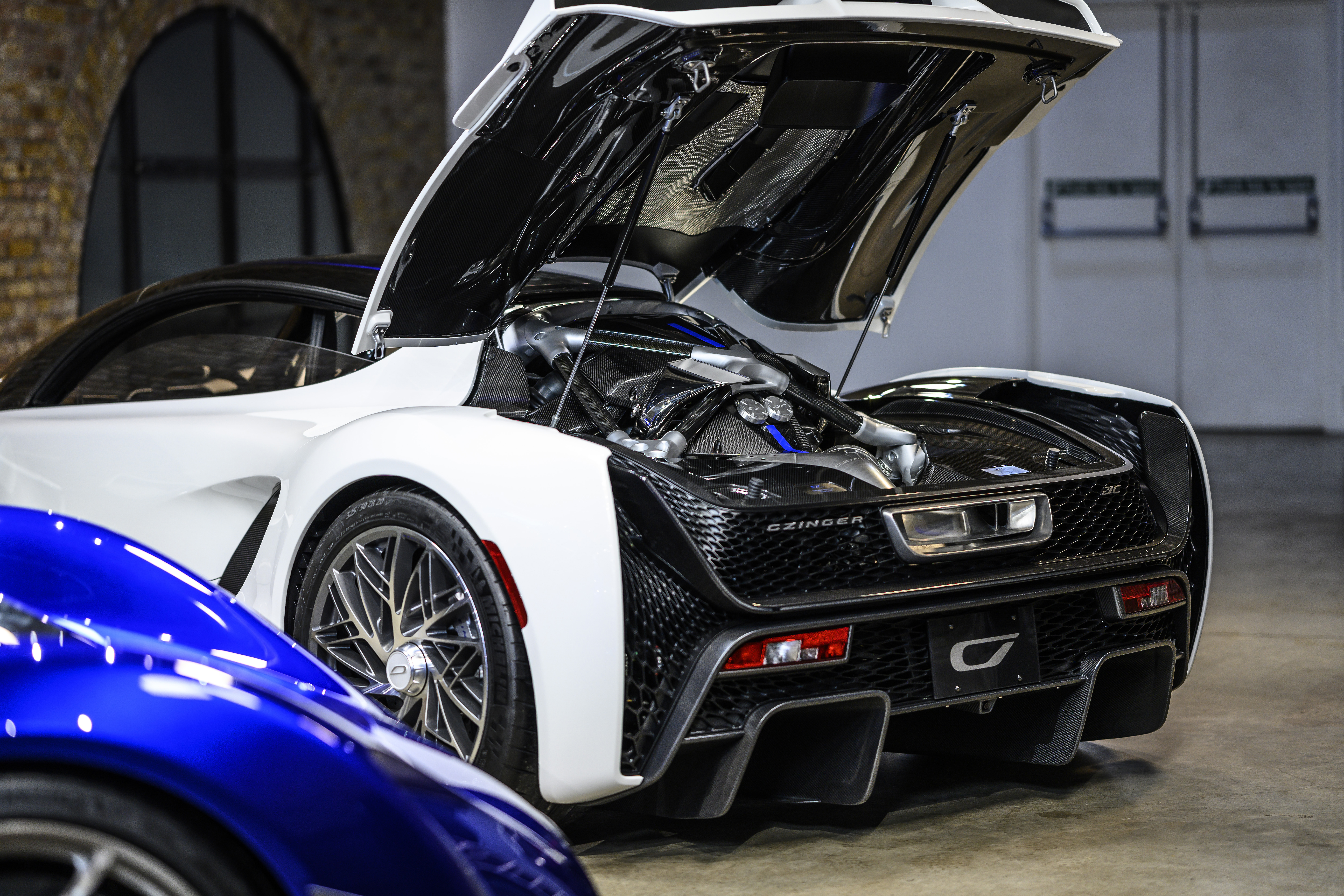
1:1 is a magical number in the supercar world, achieving it is the pinnacle. The weight of Czinger’s car is the same as the horsepower, which is 1,250 kg, and the horsepower-to-weight ratio is exactly 1:1. The racing version even increases this number to 1.03.
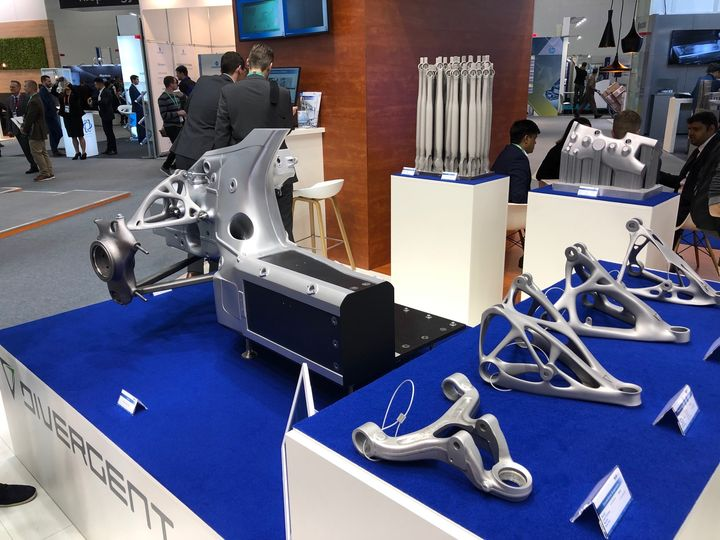
The owner of this supercar company, Kevin Czinger, is also the founder of Divergent 3D, a mother company and 3D printing manufacturing technology service provider. In 2017, it successfully raised tens of millions of dollars, including investments from Li Ka-shing’s fund. As a result, Divergent 3D expanded its industry-leading R&D capabilities and conducted joint research with the PSA group on the application of 3D printing in future car production.
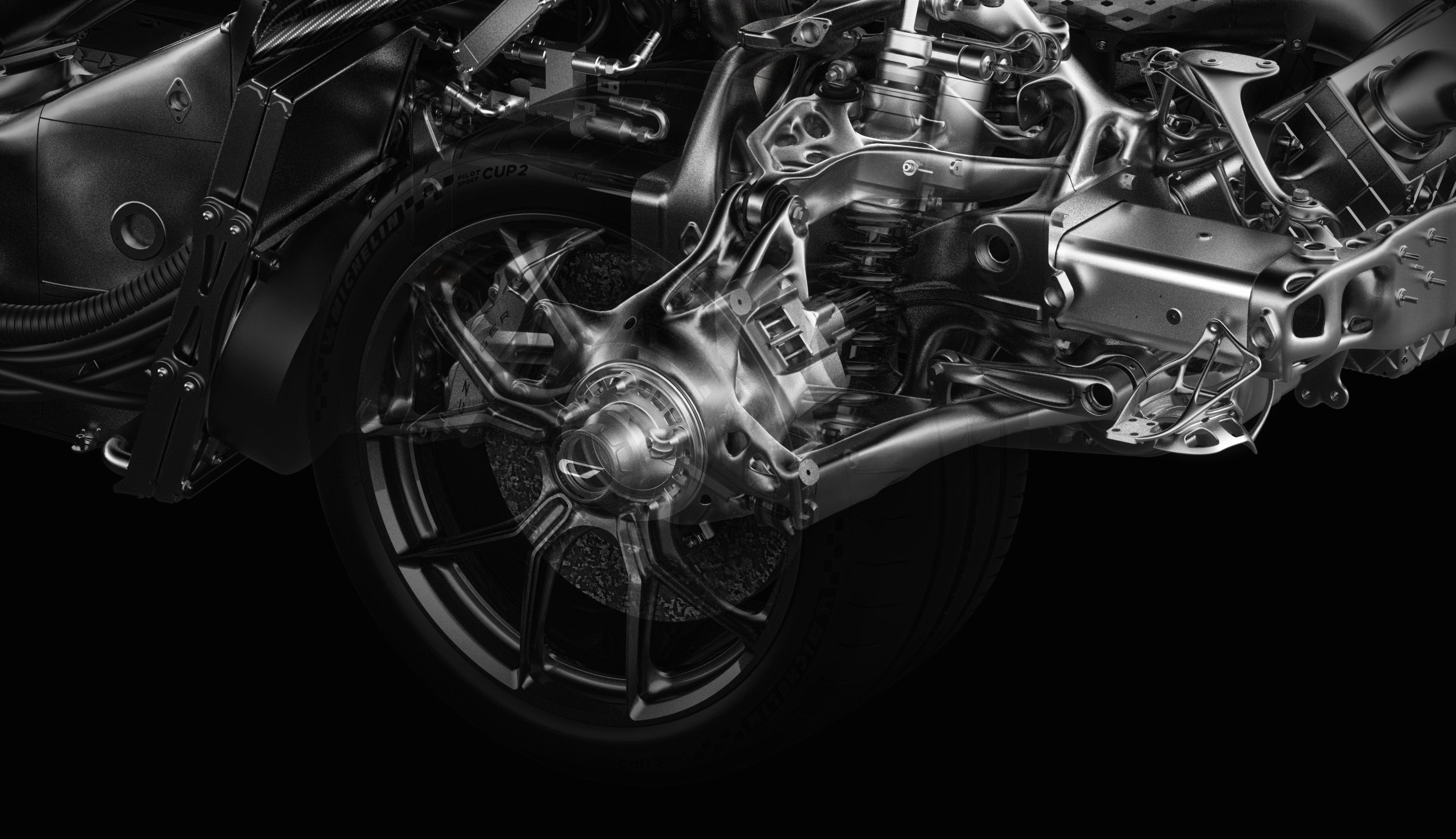
Czinger’s chassis design undergoes AI topology optimization. In this design process, engineers only need to set parameters and restrictions, and AI completes most of the remaining work, which is highly efficient and yields excellent results. The chassis, suspension arms, and energy-absorbing structures are rich in biomimetic curves, seemingly infused with the soul of the architectural genius, Gaudí.
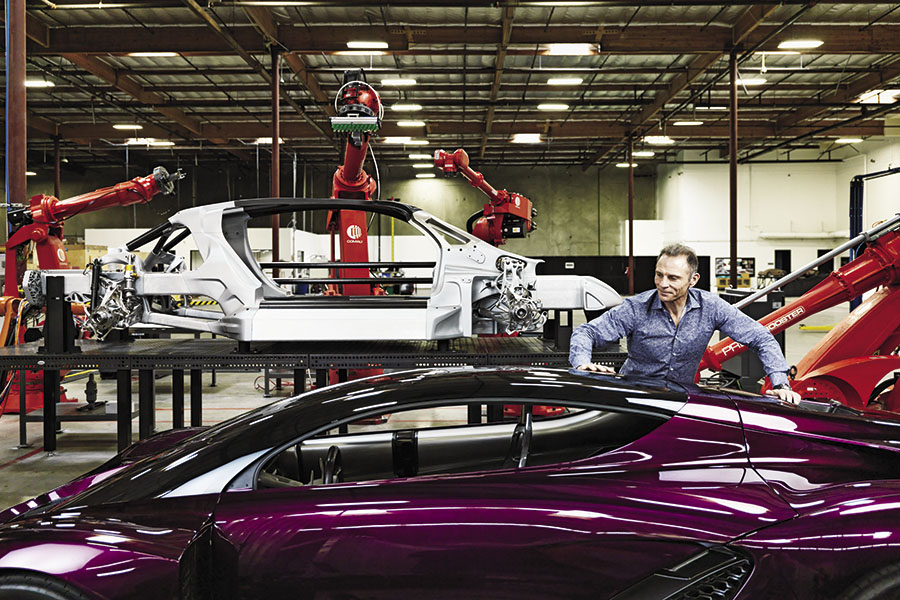
Czinger’s Micro Factory, which challenges Tesla’s Gigafactory in naming, has no assembly line workers, only 3D printers and robotic arms. In fact, this is Divergent 3D’s goal: fully automated and modular production without anyone. By simply making changes in the program, this factory can immediately produce new models. According to the official statement, this small space can achieve an annual production capacity of 10,000 units.🔗Source: Czinger
This article is a translation by ChatGPT of a Chinese report from 42HOW. If you have any questions about it, please email bd@42how.com.
